
7 ways to use photography composition to create movement
-
No.01Use repeating patterns and lines
You want to keep the viewer’s eyes moving throughout the image. When composing, look for lines and patterns, which can create a sense of motion, or a rhythmic feeling. Your eye follows the pattern from one thing to the next, leading you to the subject and comfortably throughout the image.
-
No.02Use sunlight.
A sunburst, light leak or a streak of light creates lines that seem to be moving…often leading the eye to your subject or enhancing the mood of the image. These streaks of light can create a dreamy, moving effect. A landscape image can suddenly feel alive if light accentuates certain elements. A portrait can be given that “wow factor” when light is incorporated to enhance movement.
-
No.03Use lenses.
They can have different effects on motion, creating a kind of optical illusion of movement. A wide-angle lens such as a 35mm or less can make subjects look slightly closer/larger in proportion to the rest of the image if placed close to the lens. This intentional distortion can draw immediate attention to certain subjects and make the viewer feel as if the subject is moving straight towards them.
A Lensbaby lens produces blurring effects, almost as if you are panning or zooming your lens as you hit the shutter. The result is blurred streaks leading your eye right to your subject.
-
No.04Use implied motion.
Yep, you can fake it! Pose your subject so they look as if they are moving, but are actually still. There is definitely an art to this type of posing and one that I am still working on! Walk behind your subject and ask them to turn and look at you briefly. Or, as you observe your subject being who they are naturally, ask them to repeat a certain motion again so you can capture it…i.e. a “look”, or a movement that looks natural. I’ve noticed a lot of fashion bloggers using poses portraying movement. It gives that non-posed look despite the fact that they are posing!
-
No.05Use Actual motion.
-
No.06Freeze or blur actual motion in camera to emphasize movement in a scene.
-
No.07Techniques for capturing blur.
Two of my favorite techniques for capturing blur are panning and using long exposures. Panning keeps your subject in focus while the background shows blurred motion. Likely subjects to use would be a moving car, a cyclist, a bird in flight, a child running, etc. Long exposures keeps your shutter open, causing anything moving in a scene to be blurred. Panning tips:
- Use a subject that is going parallel to your body, follow it as it goes left to right, on a straight trajectory.
- Be aware of your surroundings so you don’t trip or run into someone!
- Have your camera set ahead of time and anticipate the next movement.
- Slow your shutter so it stays open anywhere from 1/100 to 1/8 of sec. Experiment with shutter speeds until you get the look you want!
- Use the lowest ISO possible for a clearer image.
- Use autofocus to lock focus on your subject as it moves. Start tracking your subject before you press the shutter.
- Using AF-C autofocus mode on your camera will continue to focus on a moving subject if the shutter is pressed half way.
- Remember, it is unlikely that your subject will ever be completely in focus! I can attest to this! Be patient and keep practicing. As long as your subject is more focused in relation to the rest of the scene, the image will achieve the effect!
- Movement can be emphasized by focusing on a still subject while capturing the blur of things moving around it. The contrast of still vs. motion in a single image can be captivating!
- Wind and clouds are actually your friend in long exposures! Swaying tree limbs and low moving streaky clouds will add movement when captured with a slow shutter.
- Experiment with shutter speed to get the desired blur effect. I usually start at about 1/30 of a second if I am hand-holding my camera. You can go slower if you have a tripod to eliminate camera shake.
- Use the lowest ISO possible because longer exposures have a tendency to introduce more noise.
Now you know the secret to why certain images seem to grab you more than others! Next time you study an admirable piece of artwork or an eye-catching photograph take notice of the principle of movement. It truly is that little kick that makes art feel alive!

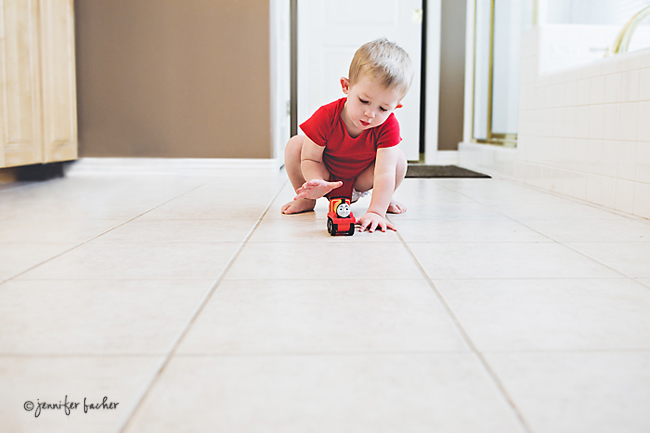
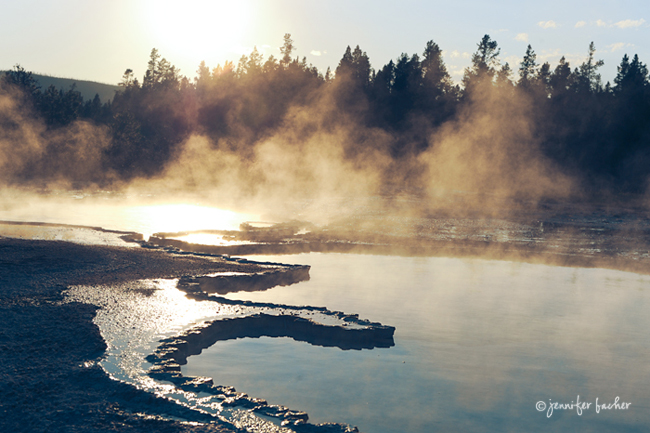


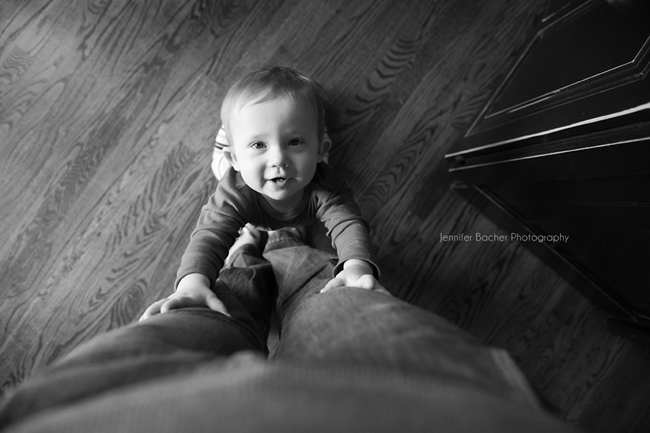
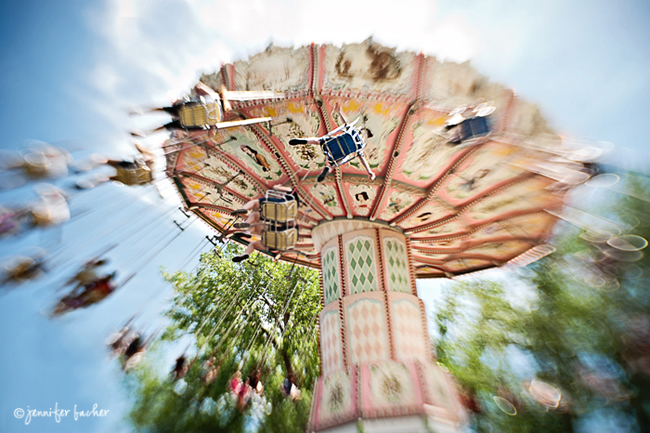
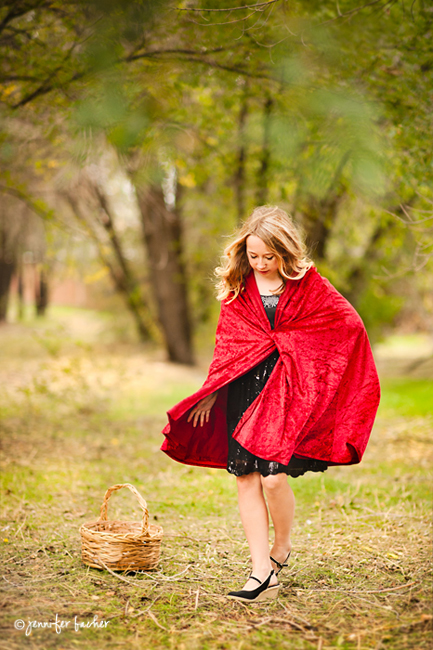
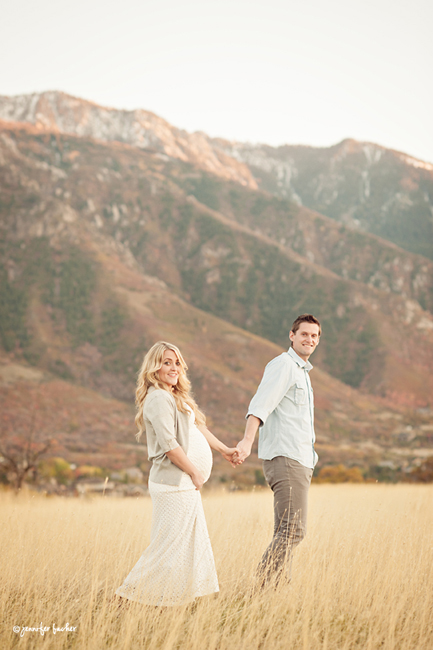

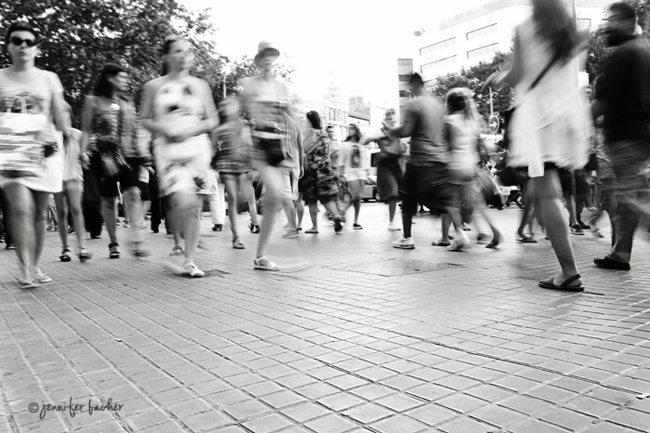

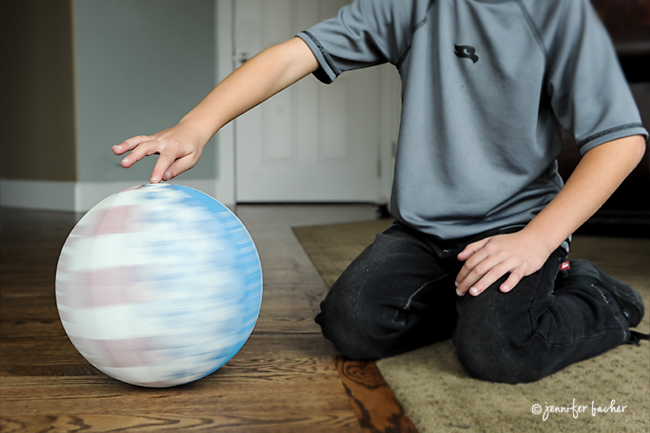







Great tutorial! Thank you!
what an awesome tutorial you gave ! i have always wanted to learn panning but it is difficult, thamk you for the tip!!!
These are great tips Jen! Love all of the images!!!
I am loving this Composition Series! What a great tutorial Jen, thank you. I found the sections on panning and long exposures especially helpful. Beautiful photos.
Just LOVELY. Such a diverse group fo shots!
Check out my blog at;
ttp://www.jophoto.info/chaparral-family-photographer-calgary-photographers/
for some great family Shoots!
Calgary Photographers
Cheers!
Jodi